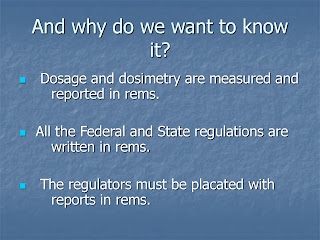Mining leases are granted under the
provisions of MMDR Act. If it is major minerals, the lease should be granted in
accordance with the rules framed by Govt., of India. If it is First Schedule
Mineral for all the activities Central Govt., approval is required. Since at
the time of grant of mining lease to VV Mineral, Ilmenite, Rutile etc., are
First Schedule Mineral. Hence prior approval from Govt., of India have been obtained by the State Government and
Central Government imposed necessary conditions in terms of monazite which were
complied by VV Mineral as well as other lessees. The State Govt., has the power
to frame rule or notify policy only in terms of minor minerals such blue metal,
granite stone, gravel sand etc., These beach minerals all are First Schedule
Minerals and hence it comes under the Central Government control. Hence the
State Govt., cannot even frame rule or policy for these First Schedule
minerals.
According to section 5(2)(b) of
MMDR Act, for grant of mining lease, a mining plan duly approved by Govt., of
India is mandatory. The above said
mining plans will contain various details such as the method of processing and
method of mining etc., in addition to the tentative production plan for first
five years. The above quantity is only tentative and 20% variation will be permissible,
if the variation is above 20%, then a modified mining plan to be obtained from
Govt., of India.
The mining plans are prepared by
the Recognized Qualified Persons (RQP) from the list approved by Govt., of
India. The qualification and experience of the RQPs are given in Rule 22(C) of
MC Rules, 1960 duly notified by Govt., of India. The mining plans prepared by
the qualified RQPs are approved by Govt., of India under the provisions of
MCDR, 1988. No powers have been delegated under the above said rules to any
state government authority. The above powers are vested with Central Govt.,
authorities. Moreover since these all replenishable beach placers, deposited due to wind and wave
action, no one cannot calculate the exact quantity of the minerals deposited.
The quantity may vary due to various factors. The above all details were given
in the mining plan and approvals are obtained from Govt., of India.










































































